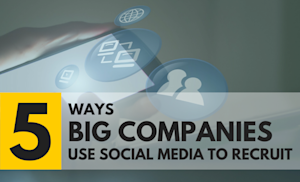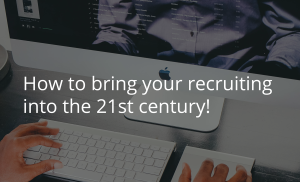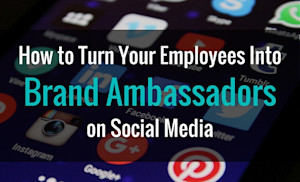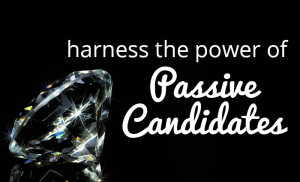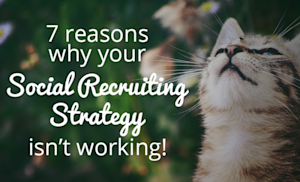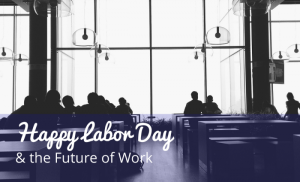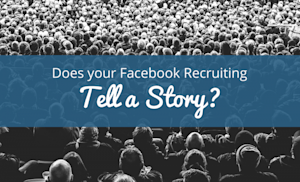May 19
Surefire tips for upgrading your recruitment style.With social media use in the professional world having become standard, many companies are using it as a valuable recruiting tool. Platforms like Facebook, Twitter, and LinkedIn offer employers a pool of prospective employees that they may fail to reach through traditional, often passive, methods.One survey from 2014 suggests that a whopping 93% of employers are or are planning to recruit employees via social media platforms. What does this figure mean for us? It means that there is a treasure trove of anecdotal data with regard to what social media recruiting strategies work, which brands have enjoyed the most recruiting success, and what methods garner the most …Read More
